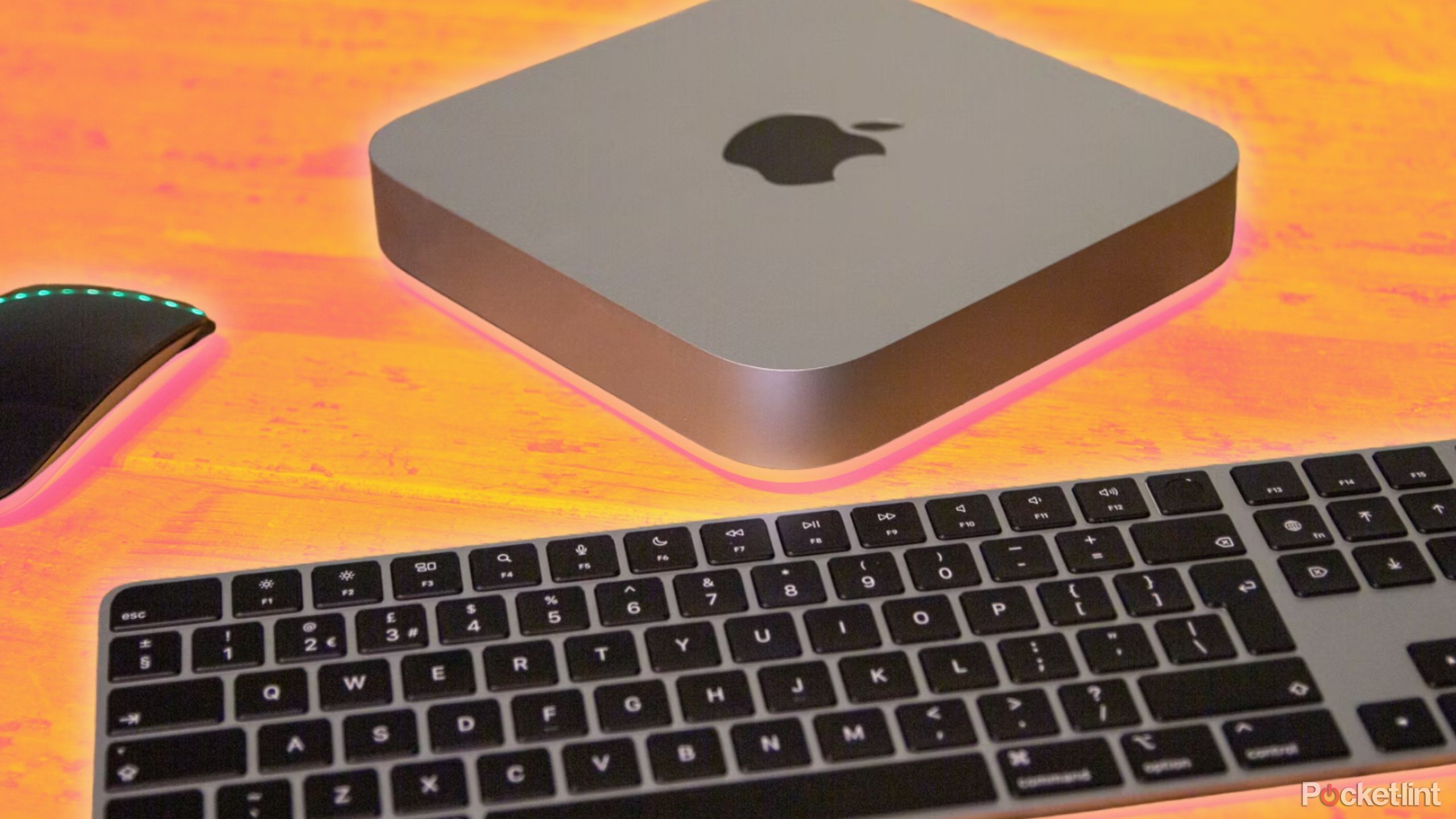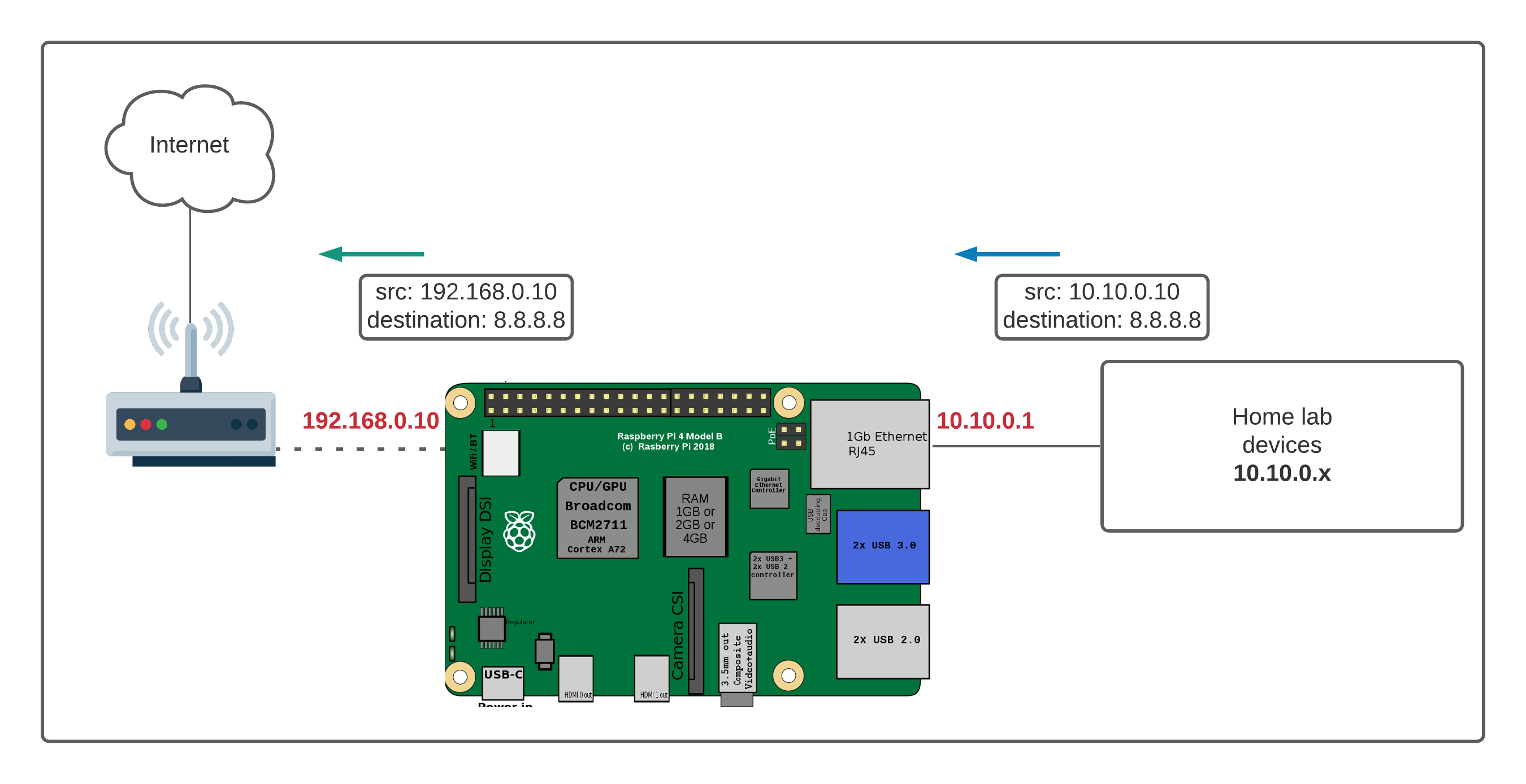How To Use RemoteIoT Behind Router Mac Free: A Comprehensive Guide
Ever wondered how to unlock the power of RemoteIoT behind your router without breaking a sweat? Well, you're in the right place. In today's tech-driven world, RemoteIoT has become an essential tool for managing devices remotely, but setting it up behind a router can feel like solving a puzzle. This guide is here to simplify the process for you. Whether you're a tech enthusiast or just starting out, we've got all the answers you need right here.
Let's face it—connecting devices to the internet is no longer enough. We now want to control them from anywhere, and that's where RemoteIoT comes into play. But what happens when your router throws a wrench into the works? Don't worry; we'll walk you through every step of the process, ensuring you're good to go in no time. So grab a coffee, sit back, and let's dive in!
Before we get started, it's important to note that this guide is designed for everyone. You don't need a Ph.D. in networking to follow along. All you need is a basic understanding of how routers work and a desire to learn. By the end of this article, you'll be able to use RemoteIoT behind your router like a pro. Let's make it happen!
Read also:Ballistics And Document Analysis Crossword The Ultimate Guide For Puzzle Enthusiasts
Here's a quick overview of what we'll cover:
- Introduction to RemoteIoT
- Why Use RemoteIoT?
- Understanding Your Router
- Basic Setup Process
- Advanced Configuration Tips
- Troubleshooting Common Issues
- Security Measures You Shouldn't Ignore
- Performance Optimization Tips
- Real-World Use Cases
- Conclusion and Final Thoughts
Introduction to RemoteIoT
RemoteIoT is like the Swiss Army knife of device management. It allows you to connect, monitor, and control IoT devices from anywhere in the world. But what makes it so special? For starters, it's incredibly versatile. Whether you're managing smart home devices, industrial sensors, or even agricultural equipment, RemoteIoT has got you covered.
Now, when it comes to setting up RemoteIoT behind a router, things can get tricky. Most routers come with firewalls and NAT settings that block external access. But fear not! With the right approach, you can bypass these limitations and enjoy seamless connectivity.
What Exactly is RemoteIoT?
Think of RemoteIoT as a bridge between your devices and the internet. It acts as a middleman, ensuring that your commands reach your devices no matter where you are. This is particularly useful if you're managing devices in different locations or need to troubleshoot issues remotely.
Why Use RemoteIoT?
Let's cut to the chase—why bother with RemoteIoT in the first place? Well, here are a few compelling reasons:
- Remote Access: Control your devices from anywhere in the world.
- Scalability: Manage multiple devices without breaking a sweat.
- Automation: Set up automated tasks to save time and effort.
- Security: Keep your devices protected with advanced security features.
And the best part? You can do all of this without spending a dime on additional hardware. RemoteIoT truly is a game-changer for anyone looking to streamline their device management process.
Read also:Discover The Enchanting Beauty Of Inka Terra In Stony Point
Understanding Your Router
Before we dive into the setup process, it's crucial to understand how your router works. Think of your router as the gatekeeper to your home network. It controls all incoming and outgoing traffic, ensuring that your devices stay connected to the internet.
Key Router Features to Know
Here are some router features you should familiarize yourself with:
- Firewall: Protects your network from unauthorized access.
- Port Forwarding: Allows specific ports to bypass the firewall.
- DHCP: Assigns IP addresses to devices on your network.
- NAT: Translates private IP addresses to public ones.
Understanding these features will make the setup process much smoother. Trust me—it's worth the effort!
Basic Setup Process
Now that you've got the basics down, let's move on to the actual setup process. Don't worry; it's not as complicated as it sounds. Follow these steps, and you'll be good to go in no time.
Step 1: Access Your Router's Admin Panel
First things first, you need to access your router's admin panel. To do this, open a web browser and enter your router's IP address. Most routers use 192.168.0.1 or 192.168.1.1, but check your router's manual to be sure.
Step 2: Configure Port Forwarding
Once you're in the admin panel, navigate to the port forwarding section. Here, you'll need to specify which ports RemoteIoT will use. Typically, this includes ports 80 (HTTP) and 443 (HTTPS). Make sure to forward these ports to the IP address of your RemoteIoT device.
Step 3: Test the Connection
After configuring port forwarding, it's time to test the connection. Use a tool like Ping or Traceroute to ensure that your device is reachable from the outside world. If everything checks out, you're ready to move on to the next step!
Advanced Configuration Tips
Now that you've got the basics down, let's take things up a notch. Here are a few advanced configuration tips to help you get the most out of RemoteIoT:
- Use Dynamic DNS: If your router's IP address changes frequently, consider setting up Dynamic DNS to keep track of it.
- Enable UPnP: Universal Plug and Play can simplify the port forwarding process by automatically configuring settings for you.
- Optimize Bandwidth: Adjust your router's QoS settings to prioritize RemoteIoT traffic for better performance.
These tips may sound intimidating at first, but trust me—they're worth the effort. They'll make your RemoteIoT setup more reliable and efficient in the long run.
Troubleshooting Common Issues
Even the best-laid plans can go awry sometimes. If you run into issues while setting up RemoteIoT, don't panic. Here are a few common problems and how to fix them:
- Connection Issues: Double-check your port forwarding settings and ensure that your router's firewall isn't blocking incoming traffic.
- Device Not Found: Verify that your RemoteIoT device is connected to the correct network and has the right IP address.
- Slow Performance: Check for bandwidth bottlenecks and adjust your router's settings accordingly.
With a little troubleshooting, you'll be back up and running in no time. Remember, persistence is key!
Security Measures You Shouldn't Ignore
Security should always be a top priority when setting up RemoteIoT. After all, you're opening up your network to the outside world. Here are a few security measures to keep in mind:
- Use Strong Passwords: Ensure that your router and RemoteIoT device are protected with strong, unique passwords.
- Enable Encryption: Use HTTPS or SSH to encrypt your data and prevent unauthorized access.
- Regular Updates: Keep your router's firmware and RemoteIoT software up to date to patch any security vulnerabilities.
By following these security measures, you'll ensure that your RemoteIoT setup remains safe and secure.
Performance Optimization Tips
Who doesn't want their RemoteIoT setup to run like a well-oiled machine? Here are a few tips to help you optimize performance:
- Upgrade Your Router: If you're using an outdated router, consider upgrading to a newer model with better performance.
- Use a Wired Connection: Whenever possible, connect your RemoteIoT device to your router via Ethernet for faster and more reliable connectivity.
- Minimize Interference: Keep your router away from other electronic devices to reduce signal interference.
With these tips, you'll be able to enjoy smooth and uninterrupted RemoteIoT performance.
Real-World Use Cases
To give you a better idea of how RemoteIoT can be used, here are a few real-world use cases:
Smart Home Automation
Use RemoteIoT to control your smart home devices from anywhere. Whether you're turning on the lights or adjusting the thermostat, it's all within reach.
Industrial Monitoring
RemoteIoT is perfect for monitoring industrial equipment in real-time. You can track performance metrics, detect issues, and even trigger alerts when something goes wrong.
Agricultural Management
For farmers, RemoteIoT can be a lifesaver. Use it to monitor soil moisture levels, control irrigation systems, and even track livestock movements—all from the comfort of your home.
Conclusion and Final Thoughts
And there you have it—a comprehensive guide to using RemoteIoT behind your router. By following the steps outlined in this article, you'll be able to set up a secure and efficient RemoteIoT system in no time. Remember, the key to success is persistence and a willingness to learn.
So what are you waiting for? Take action today and unlock the full potential of RemoteIoT. Don't forget to leave a comment below and share your experiences with us. And if you found this article helpful, be sure to check out our other guides for more tech tips and tricks. Until next time, happy tinkering!


